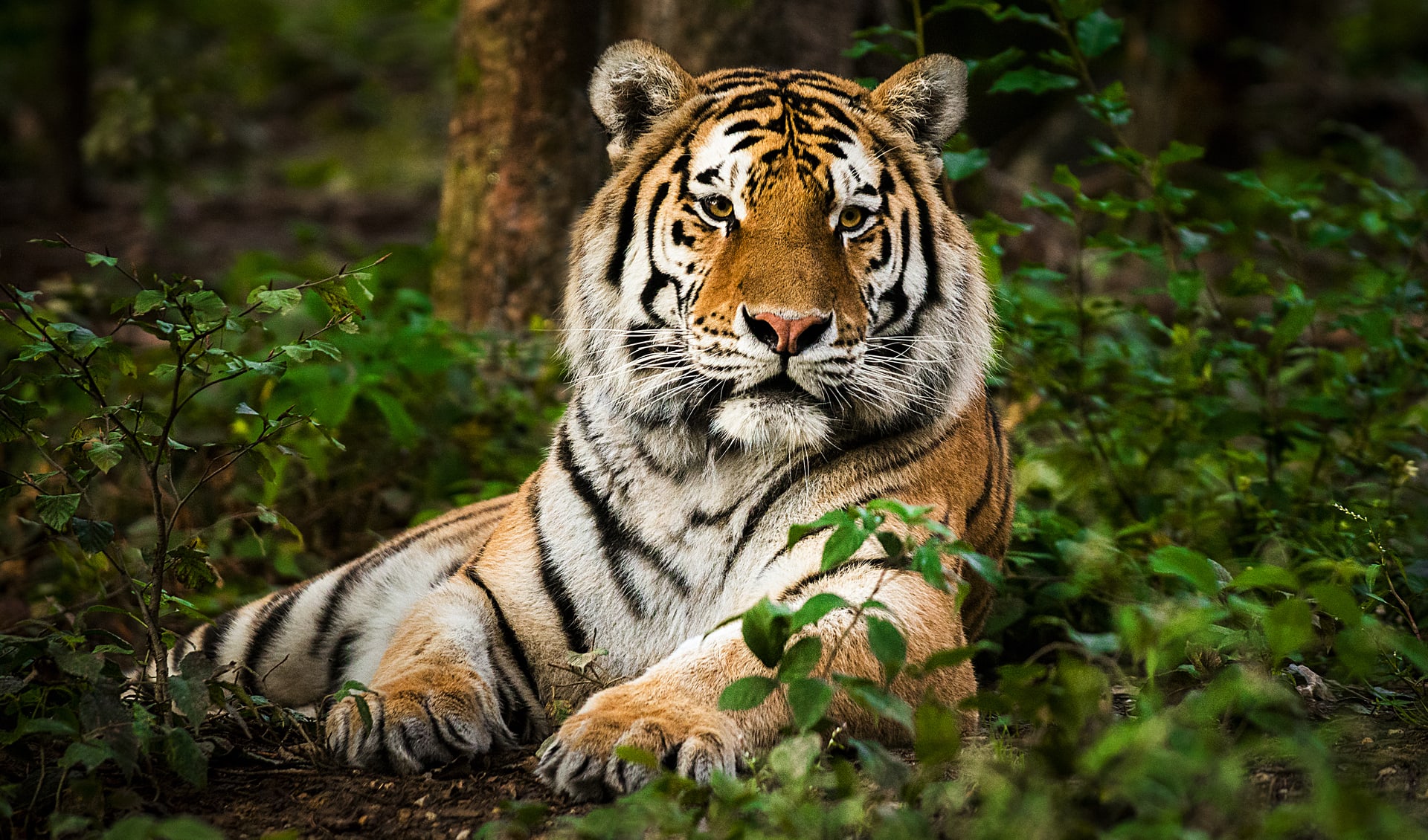An iconic primate native to the lush rainforests of Sumatra, Indonesia, marked by its distinctive fruit-loving diet. These frugivores, who prefer a variety of forest fruits, play a crucial role in their ecosystem as both seed dispersers and pollinators. Their once widespread presence across Sumatra and even the neighboring island of Java has been dramatically reduced, now confining them to the northern regions of Sumatra. The reasons behind their rapid decline are multifaceted, with habitat destruction due to human activities being the primary culprit.
Characterized by their long, pale red hair, proportionally longer arms, and shorter legs, Sumatran orangutans are superbly adapted to an arboreal lifestyle. Their physical adaptations allow them to easily navigate the canopy, swinging from tree to tree in search of food. High above the ground, this way of life underscores their dependence on the forest’s bounty for survival.
As they consume fruits, they inadvertently participate in seed dispersal. The seeds are expelled in their feces, which, upon reaching the ground, have the potential to germinate and grow into new trees. This natural process ensures the regeneration and health of the rainforest, highlighting the orangutans’ essential role in maintaining the biodiversity of their environment.
Furthermore, Sumatran orangutans contribute to pollination, much like bees and butterflies, albeit in a less direct manner. By moving from tree to tree and flower to flower in search of food, they facilitate the transfer of pollen, aiding in the reproductive cycle of many plant species.
Despite their ecological significance, Sumatran orangutans face an uncertain future. The destruction of their rainforest habitat, primarily due to logging, palm oil plantations, and human encroachment, has dramatically declined their numbers. This loss of habitat threatens their survival and disrupts the delicate balance of the tropical rainforest ecosystem.
Distribution
 Indonesia
Indonesia Official estimate
Official estimate
Recent updates
July 2022: The oil palm and timber industries in Indonesia are posing a significant threat to orangutans, as revealed in a report from Aidenvironment. The document states that 6.22 million hectares (15.37 million acres) of orangutan habitat are located in corporate oil palm, logging, and industrial tree concessions.
Nov 2021: A new report has highlighted the need to safeguard Indonesia’s orangutans and the preservation of their habitat, pointing to the fact that these great apes are in grave danger. The Environmental Investigation Agency’s report shows that the Indonesian government has not done enough to protect the orangutans’ habitat, nor has it enforced existing wildlife laws to prevent the further decline of the three species. It is now more important than ever to take swift and effective action to protect these animals from extinction.
Did you know?
- Only orangutans suspected of being carnivorous.
- Have longer facial hair than Bornean orangutans.
Anything we've missed?
Help us improve this page by suggesting edits. Glory never dies!
Suggest an editGet to know me
Terrestrial / Aquatic
Altricial / Precocial
Polygamous / Monogamous
Dimorphic (size) / Monomorphic
Active: Diurnal / Nocturnal
Social behavior: Solitary / Pack / Herd
Diet: Carnivore / Herbivore / Omnivore / Piscivorous / Insectivore
Migratory: Yes / No
Domesticated: Yes / No
Dangerous: Yes / No




